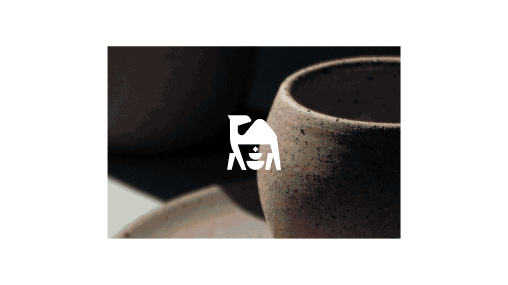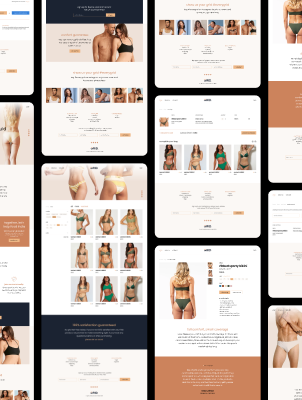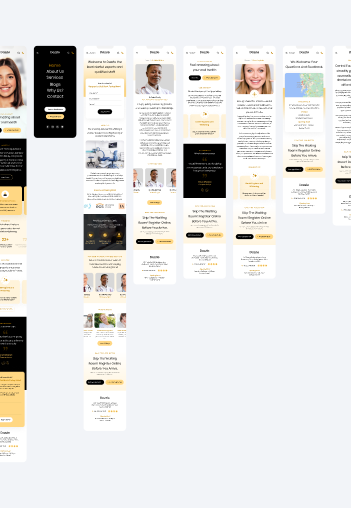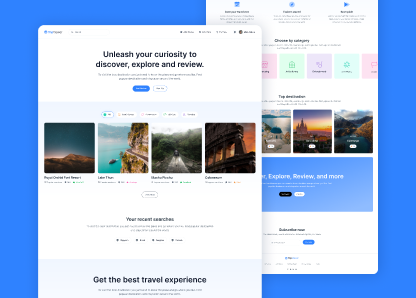Website design approach
I view websites as essential tools for brands to narrate their story and highlight their uniqueness. These websites should convey a tone that aligns with the chosen brand attributes to convey the right message to the target audience. In my design process, I incorporate key brand identity elements to craft a seamless experience that mirrors both the current state of the brand and its strategic goals and aspirations for the future.
Capabilities in website design
My web design process yields a cohesive website or app that mirrors the brand strategy, and visual identity. This approach not only solidifies the brand's position in the market but also ensures consistency across all touchpoints.
-
Strategy
-
Discovery
-
UI audit
-
Information architecture
-
Wireframes
-
Visual design
-
UI design
-
Interaction design
-
Iconography
-
Illustrations

FAQ
Common website design mistakes can significantly impact user experience and the effectiveness of a website. Issues such as poor navigation, slow loading times, overcrowded layouts, and lack of mobile optimization can frustrate users and lead to high bounce rates. Additionally, inconsistent branding, poor readability, and neglecting SEO best practices can weaken brand identity and limit organic traffic. Auto-playing media, complex forms, and ignoring analytics further contribute to a subpar user experience.
Static websites consist of fixed layout, with content that remains the same for all users. These sites are simple, easy to create, and typically used for small businesses or personal portfolios. However, they lack interactivity and require manual updates to change content, making them less suitable for businesses that frequently update information or require user interaction.
In contrast, dynamic websites are flexible and generate content dynamically based on user interactions or database queries. These sites can display personalized content to users, such as login credentials, shopping carts, or user-generated content. Dynamic websites are more complex to develop but offer greater flexibility and interactivity, making them ideal for e-commerce platforms, social networks, or content management systems.
The difference between a landing page and a website design lies in their purpose, scope, and content. A landing page is a standalone web page created for a specific marketing or advertising campaign, with the primary goal of converting visitors into leads or customers. It typically contains concise content focused on a single offer or product, along with a clear call-to-action (CTA) to encourage user engagement. In contrast, a website design encompasses the entire structure, layout, and content of a website, comprising multiple pages with diverse content aimed at informing, engaging, and converting visitors. While landing pages serve as entry points for specific campaigns, websites provide comprehensive information about a brand, its products or services, and its overall value proposition. In essence, landing pages are focused, action-oriented pages designed for conversions, while websites offer broader content and functionality to serve various user needs and interests.



